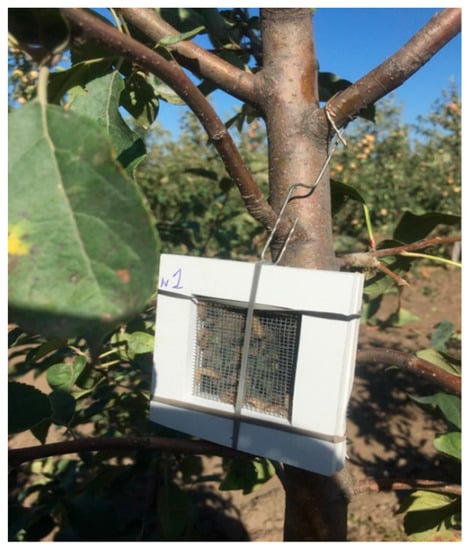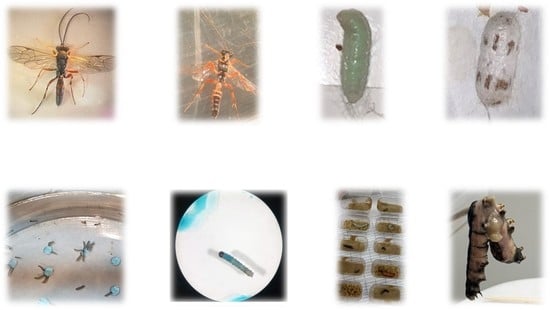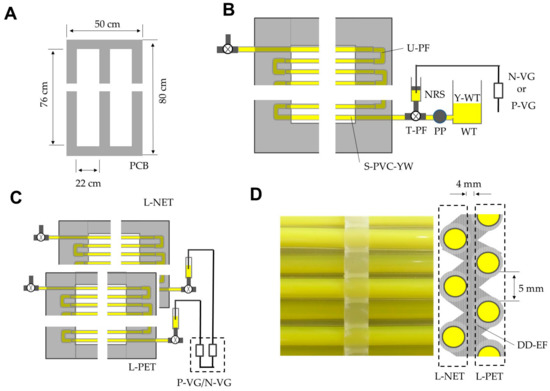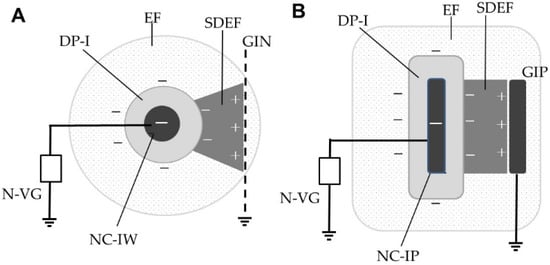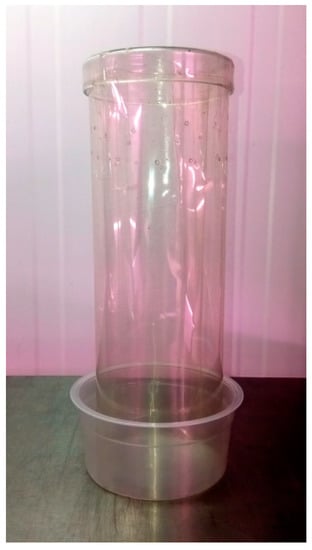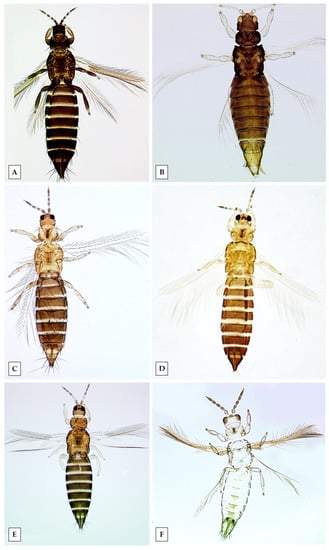Non-Chemical Strategies for IPM in Horticulture
A topical collection in Horticulturae (ISSN 2311-7524). This collection belongs to the section "Insect Pest Management".
Viewed by 20172Editor
Interests: agricultural entomology; sustainable pest control in mediterranean crops; biological pest control; side-effects on non-target arthropod fauna
Topical Collection Information
Dear Colleagues,
Agriculture has undergone a deep transformation in recent times. Consumers are increasingly concerned about healthy diets and demand products free of pesticide residues. Likewise, regulations for pest management in many countries tend to restrict the use of chemically synthesized pesticides and establish the practice of IPM as mandatory, as a way to protect consumers and the environment. IPM principles establish preventive strategies as priorities, accepting control methods only when the profitability of the crop is at risk. In addition, within the control measures, biological, biotechnical, and physical methods must be preferred to the application of chemical pesticides if they provide satisfactory control. For all these reasons, in current horticulture, it is necessary to promote research for the development of preventive measures and non-chemical control methods for pest management. On the other hand, a wide dissemination of the results of these investigations to farmers, advisers, and researchers is essential for the adoption and development of these methods.
This Topical Collection will gather recent research advances in those preventive measures and non-chemical control tools (cultural practices, resistant or tolerant varieties, biological control, botanical and mineral products, repellents, and attractants, among others) that may be useful to protect fruits and vegetables against insects and mites.
Dr. Manuel González-Núñez
Collection Editor
Manuscript Submission Information
Manuscripts should be submitted online at www.mdpi.com by registering and logging in to this website. Once you are registered, click here to go to the submission form. Manuscripts can be submitted until the deadline. All submissions that pass pre-check are peer-reviewed. Accepted papers will be published continuously in the journal (as soon as accepted) and will be listed together on the collection website. Research articles, review articles as well as short communications are invited. For planned papers, a title and short abstract (about 100 words) can be sent to the Editorial Office for announcement on this website.
Submitted manuscripts should not have been published previously, nor be under consideration for publication elsewhere (except conference proceedings papers). All manuscripts are thoroughly refereed through a single-blind peer-review process. A guide for authors and other relevant information for submission of manuscripts is available on the Instructions for Authors page. Horticulturae is an international peer-reviewed open access monthly journal published by MDPI.
Please visit the Instructions for Authors page before submitting a manuscript. The Article Processing Charge (APC) for publication in this open access journal is 2200 CHF (Swiss Francs). Submitted papers should be well formatted and use good English. Authors may use MDPI's English editing service prior to publication or during author revisions.
Keywords
- IPM in horticulture
- insect pest
- mites
- non-chemical pest control
- biological control
- cultural methods






